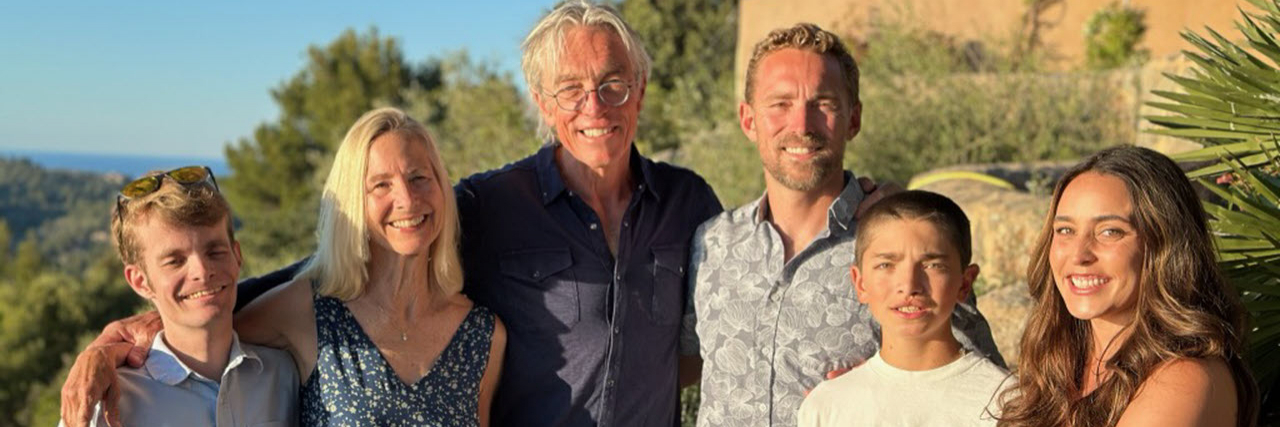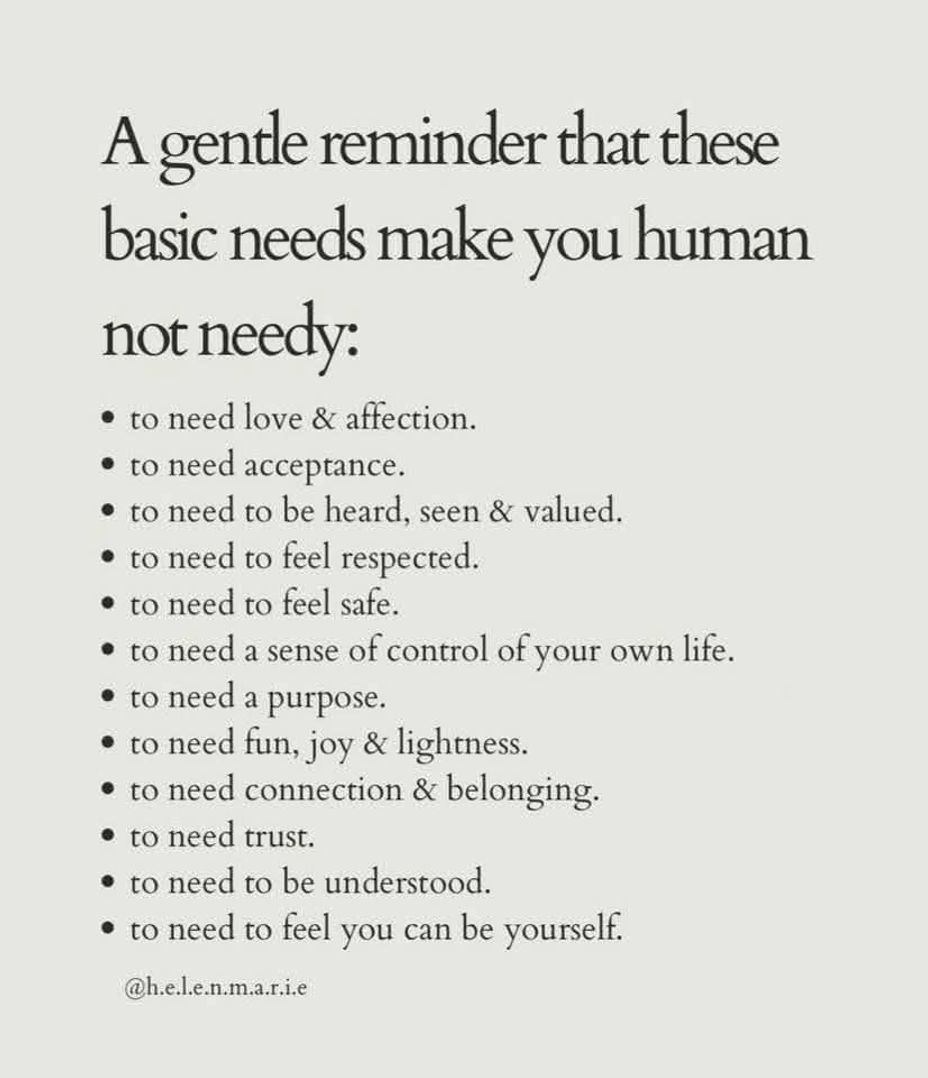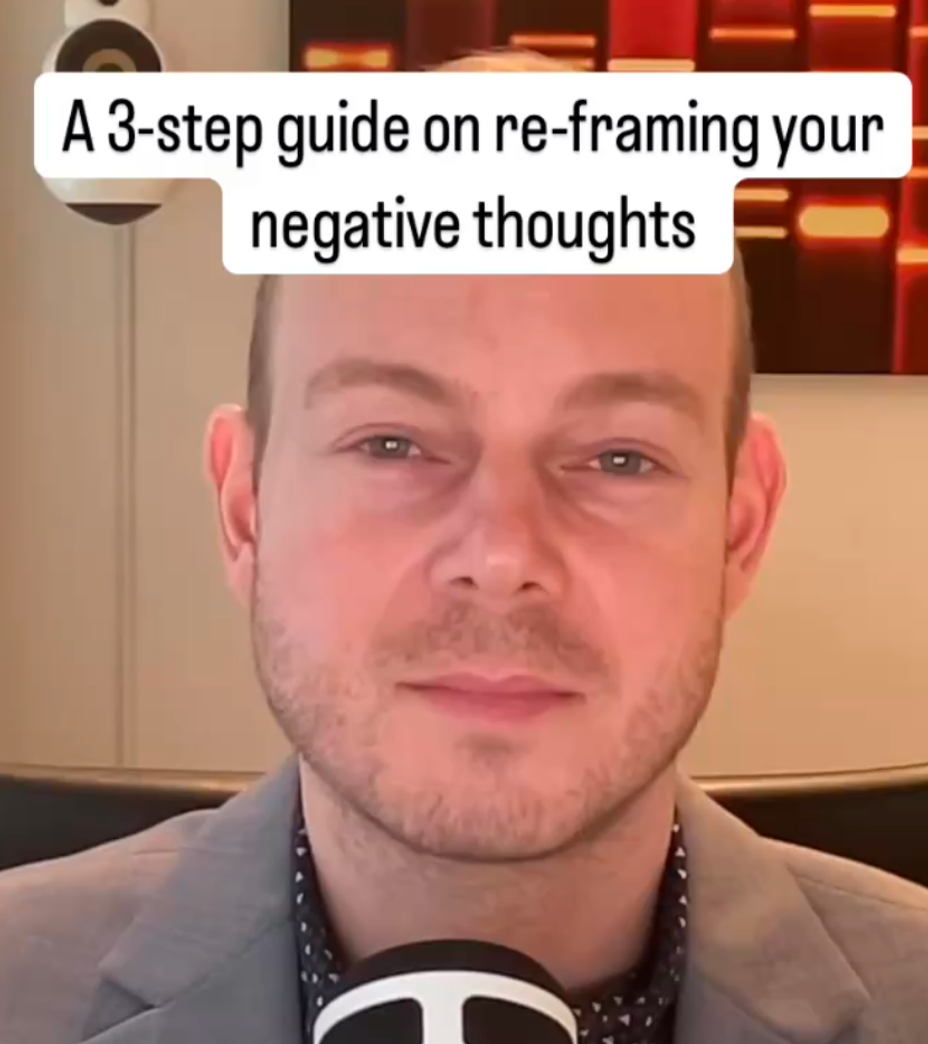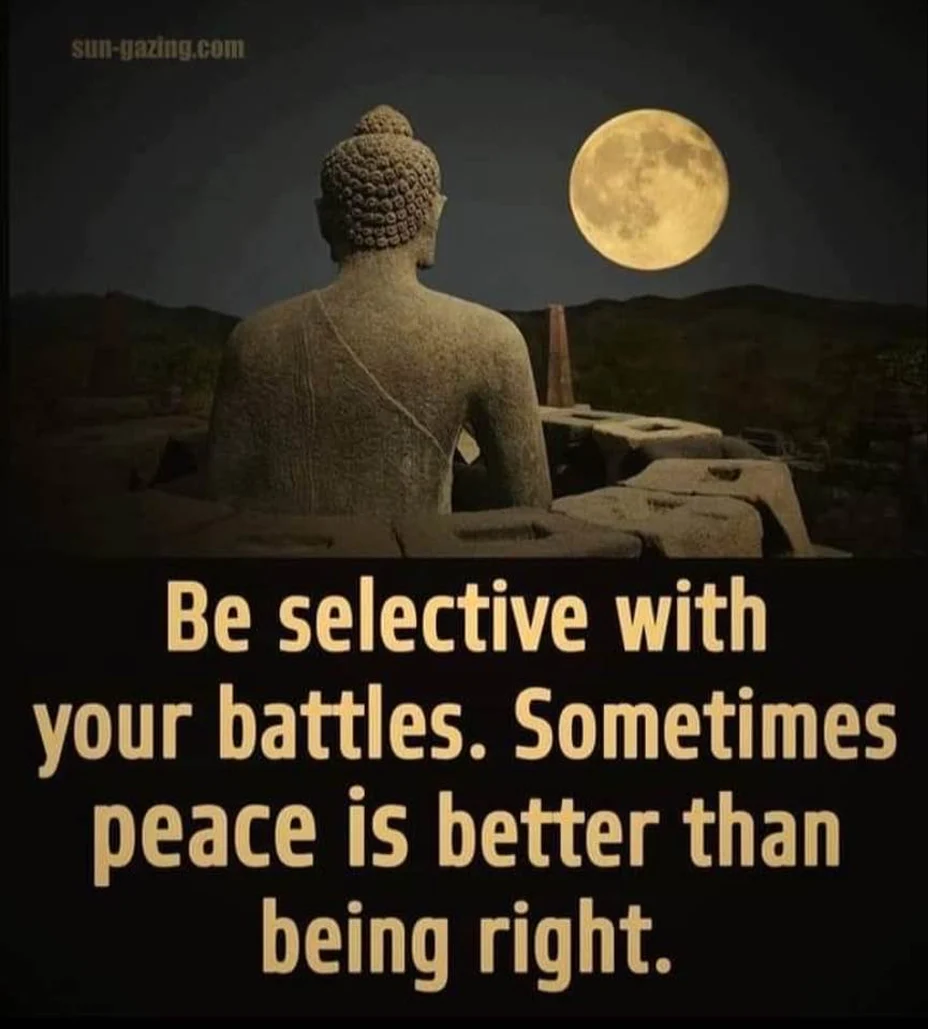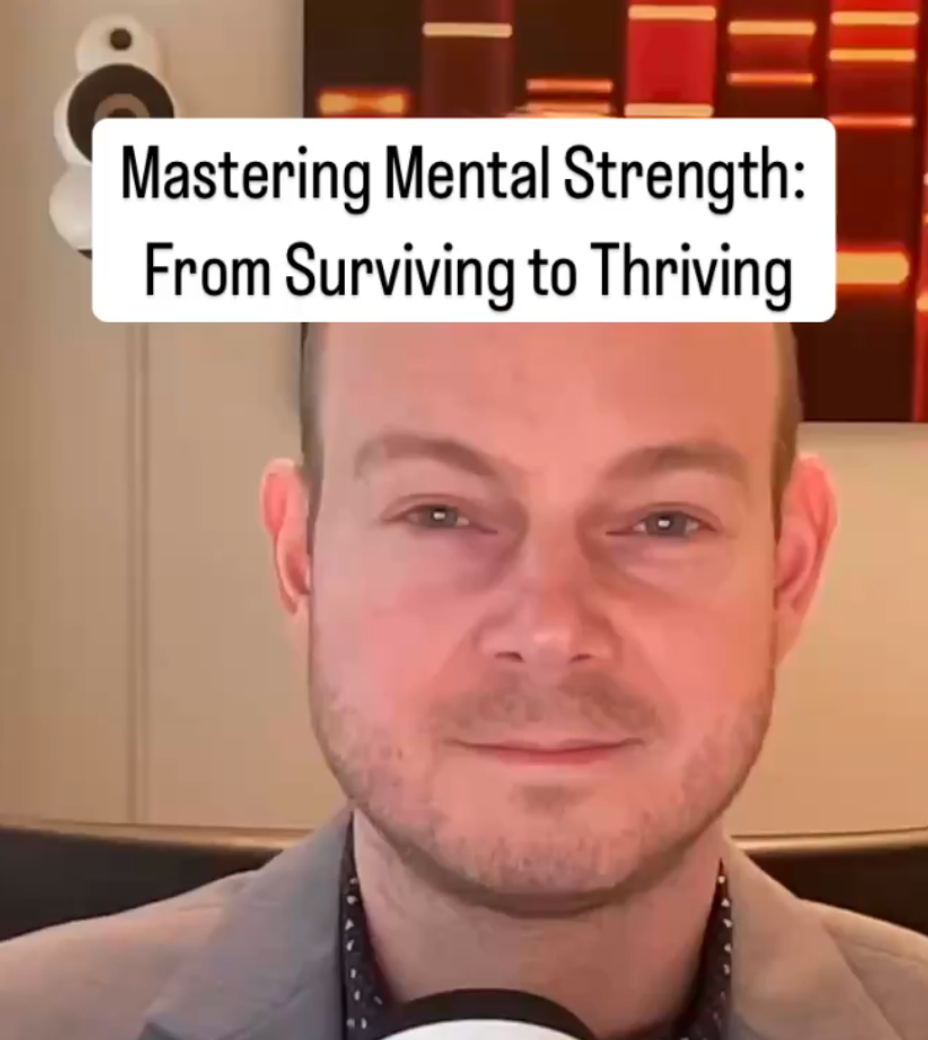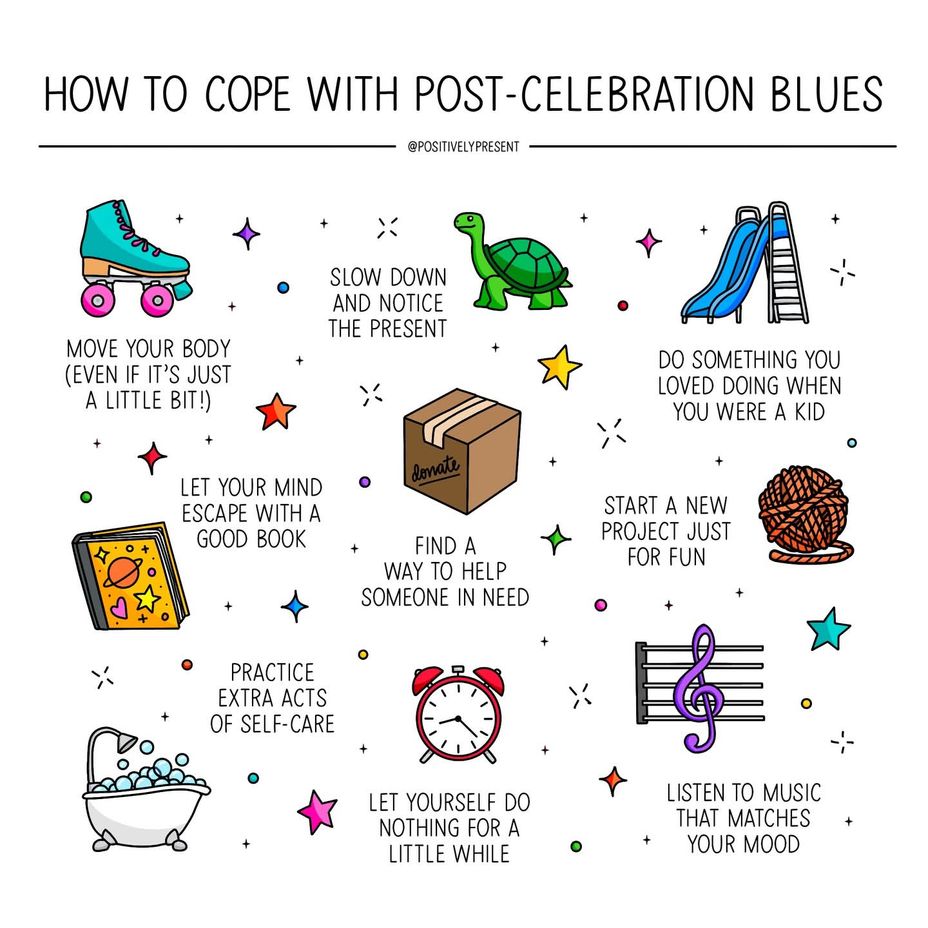Envy steals your peace
Envy often shows up when the mind forgets its own direction. Comparing yourself to others can quietly create tension, self doubt, and dissatisfaction, even when you are doing well. Peace of mind comes from returning your attention to your own path and trusting that growth does not need to look the same for everyone. The less you measure your life against others, the more grounded and content you begin to feel. Where do you notice comparison stealing your peace the most?
Also, if you're going through a tough time right now, I want you to know that I post daily mental health videos about how to deal with painful thoughts. So if you or anyone you know is struggling and wants help, click on one of the links below or write me if you have any questions you want me to answer
www.instagram.com/thomas_of_copenhagen
www.tiktok.com/@thomas_of_copenhagen
~ Thanks to all. Thanks for all. ~
#MentalHealth #MentalHealth #Depression #Anxiety #BipolarDisorder #BorderlinePersonalityDisorder #Addiction #dissociativedisorders #ObsessiveCompulsiveDisorder #ADHD #Fibromyalgia #EhlersDanlosSyndrome #PTSD #Cancer #RareDisease #Disability #Autism #Diabetes #EatingDisorders #ChronicIllness #ChronicPain #RheumatoidArthritis #Suicide #MightyTogether
